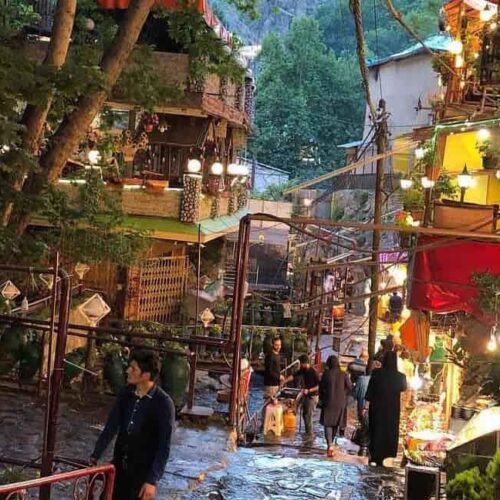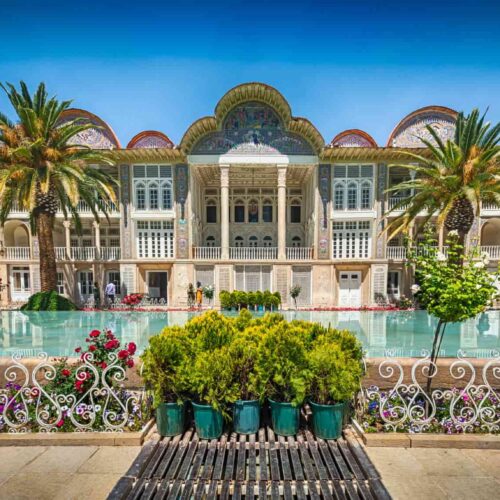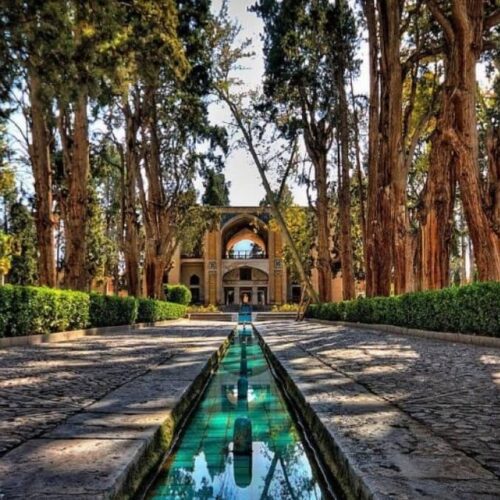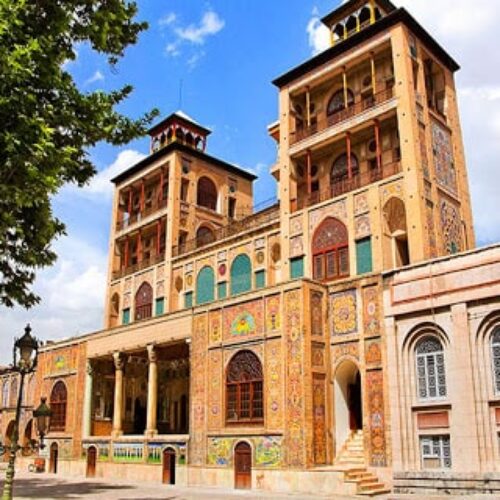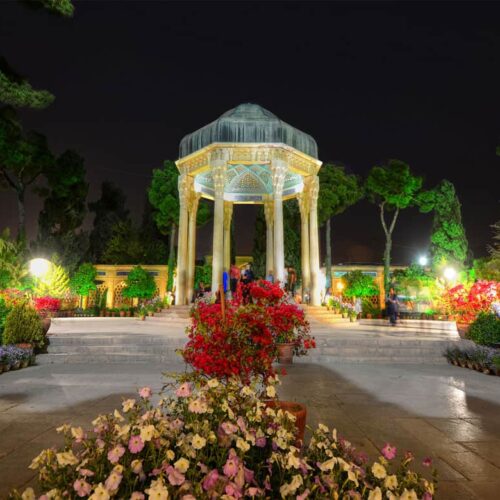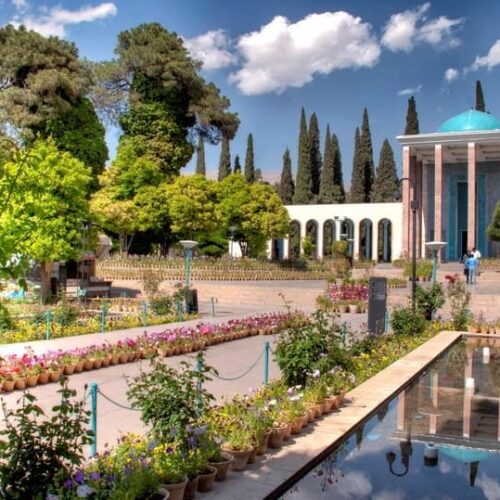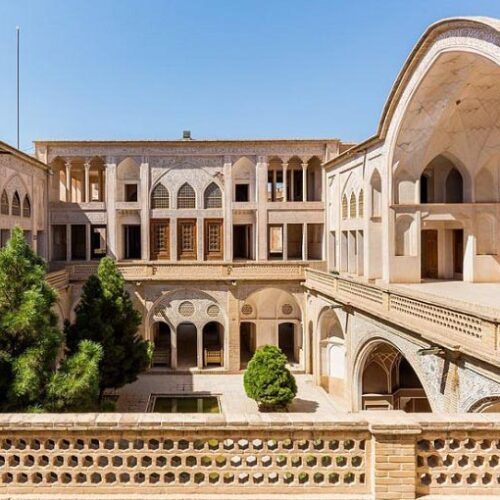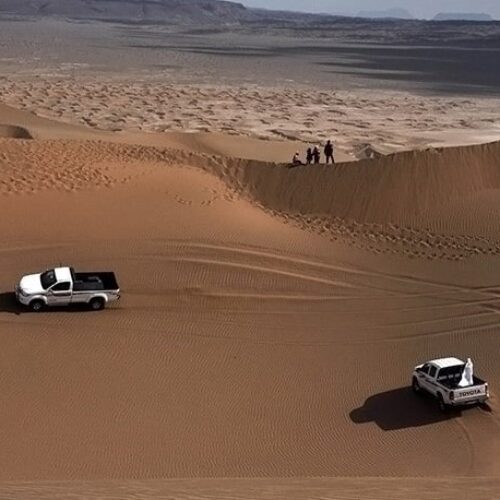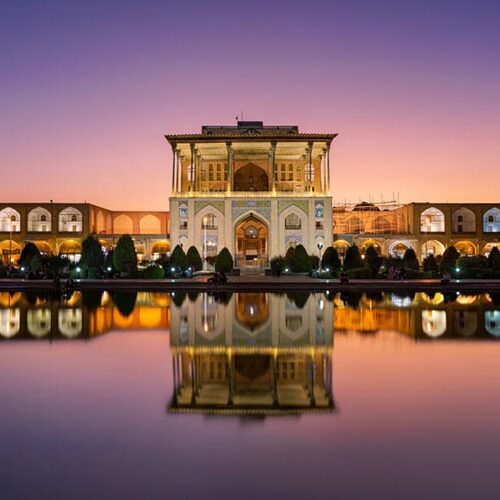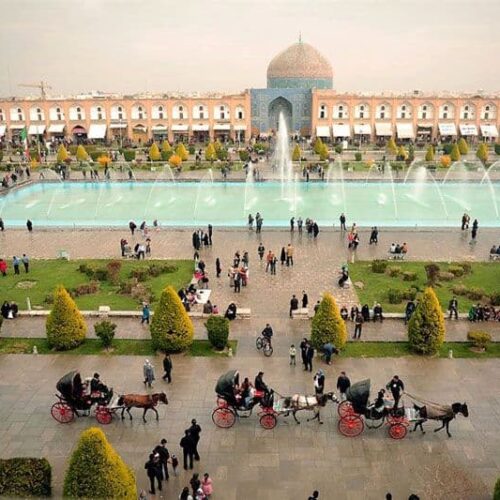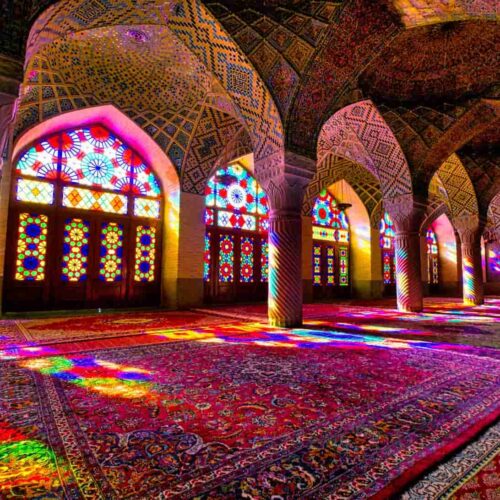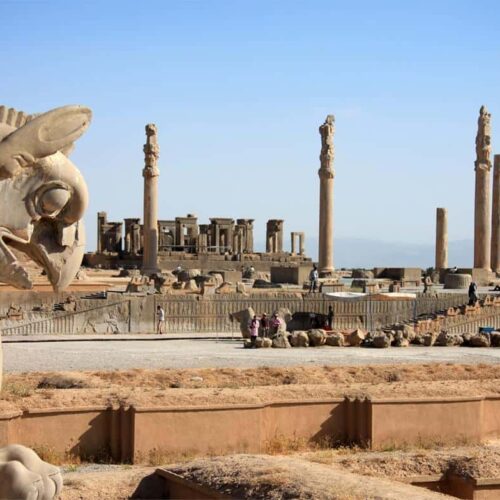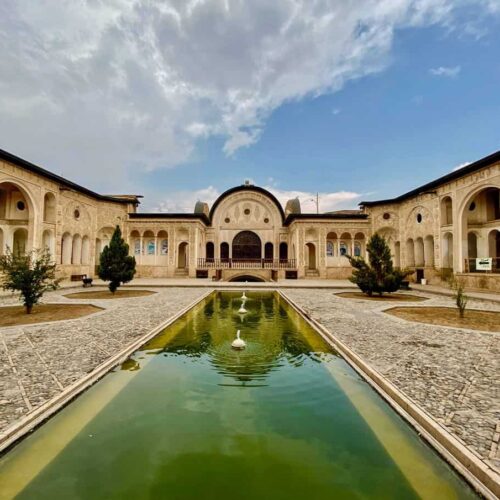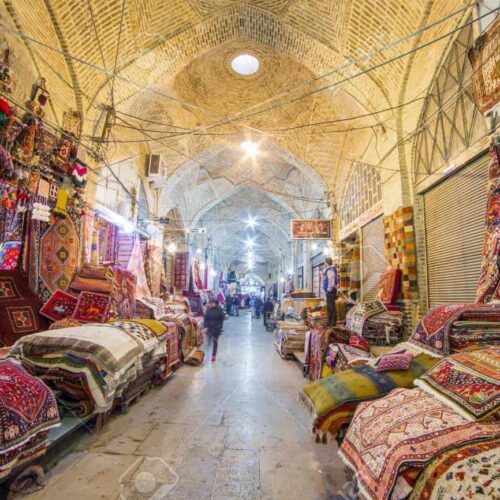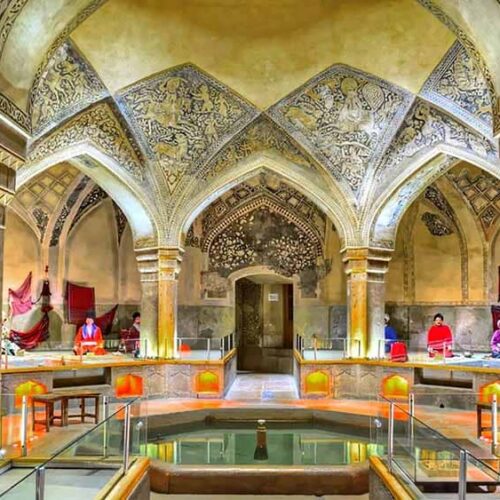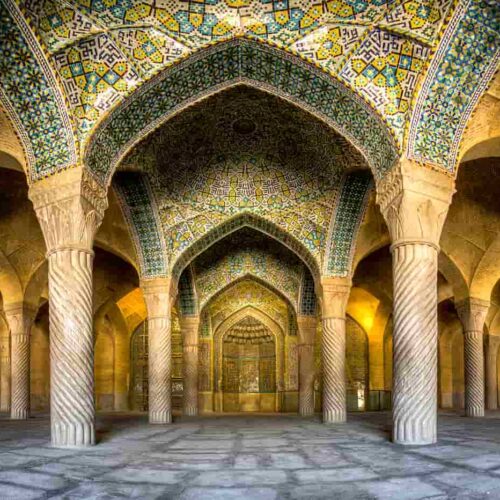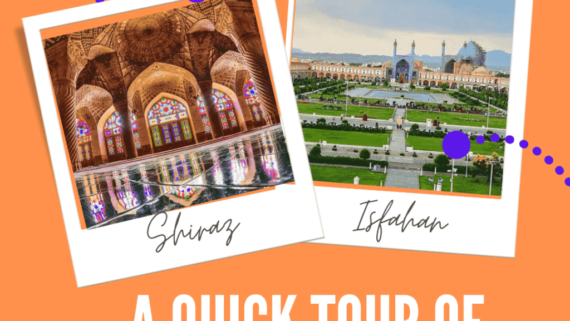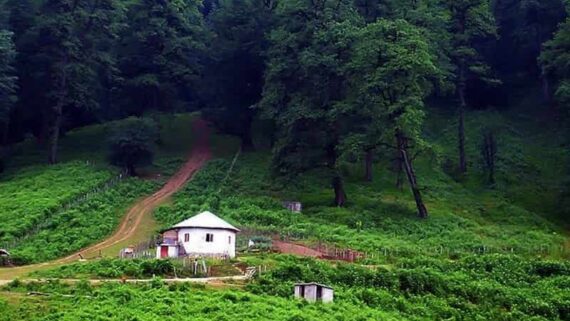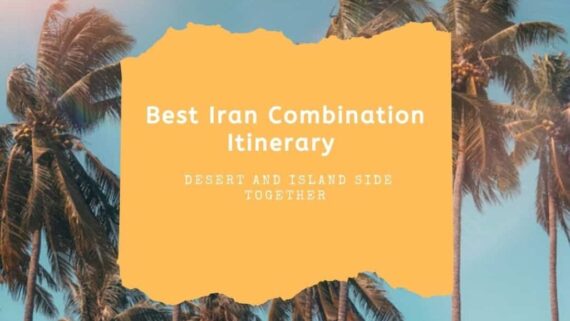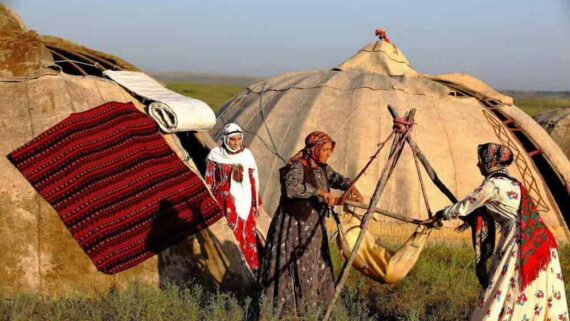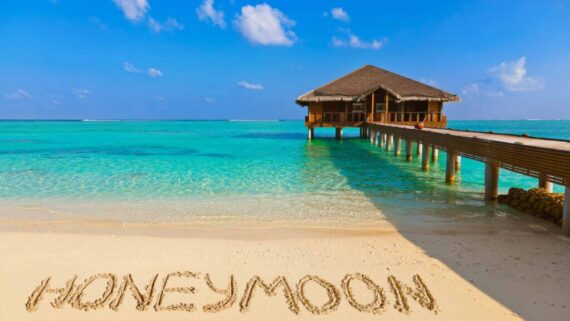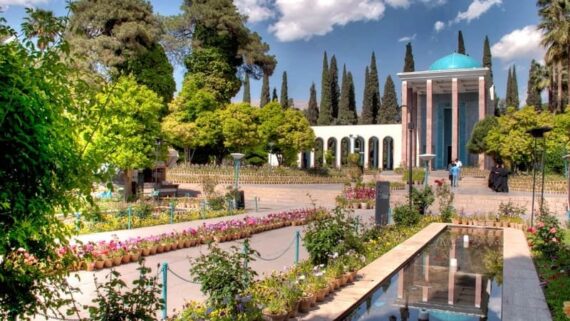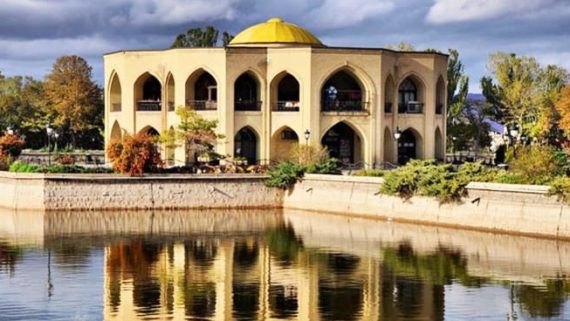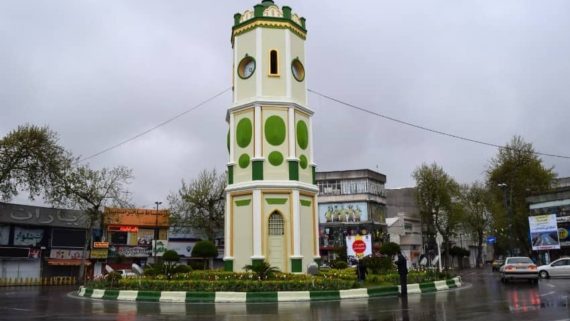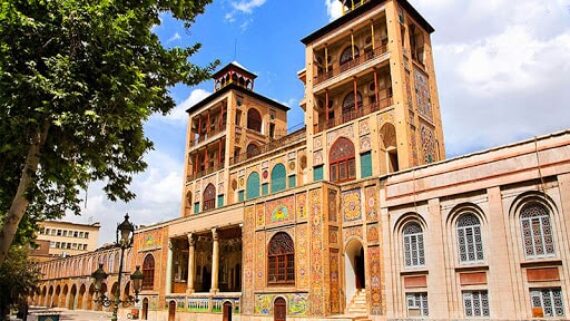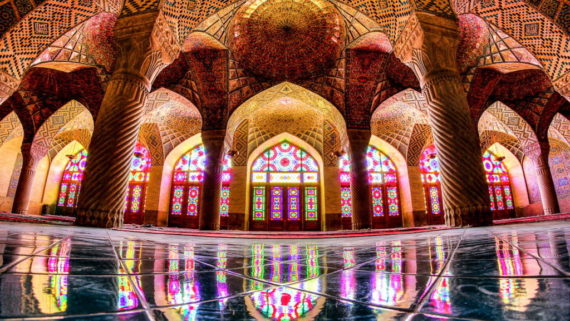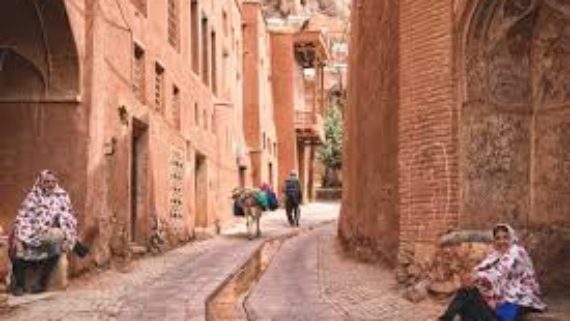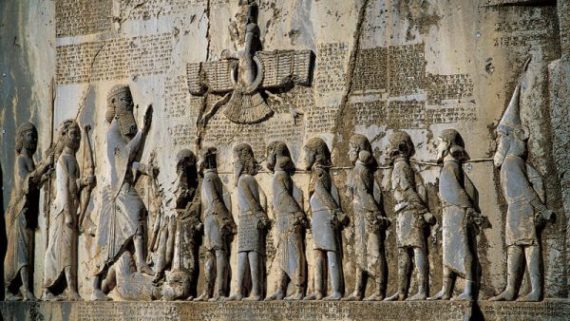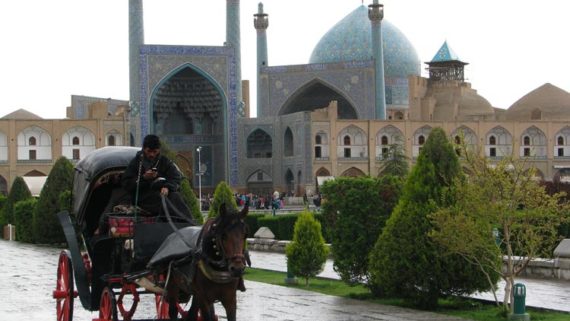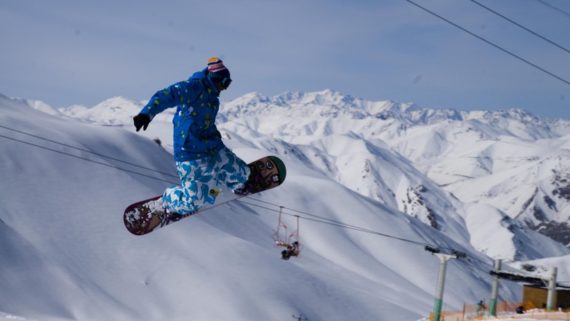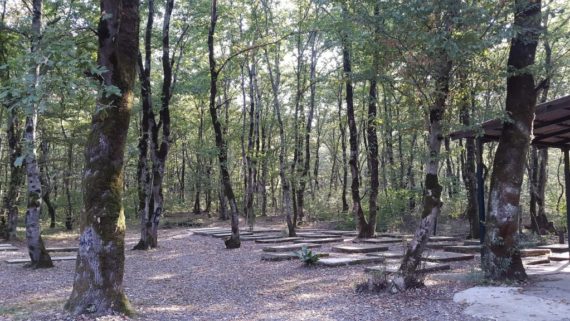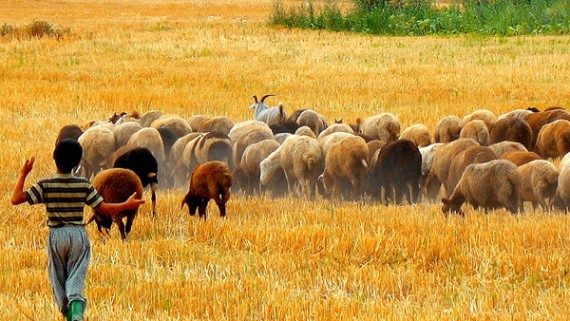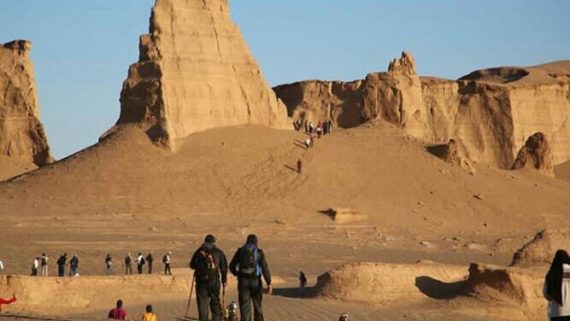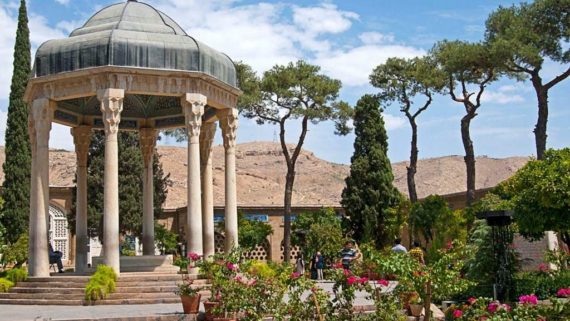Student Trips & Tours to Iran
Tour Gallery
Introduction
Welcome to Iran! One of the most beautiful countries in the world, with many architectural and cultural masterpieces.
Stand in the footsteps of our heroes and travel to the past and explore the rich culture and historical significance of Iran in our student trips.
Based on your tour (private or group), you’ll meet up with the other students. Then, you’ll get to talk to your guide and will have the chance to ask any questions. Your guide and one of our staff (based on your group size) will be with you during your domestic flight.
If you’re already insured under your family’s medical plan, your program fee includes secondary medical insurance.
Student Trips & Tours to Iran
Depart your flight from a major local airport to Iran. The exact departure time will be subject to airline and flight schedules. Arrival in Iran. Meet your local guide, who will welcome you at the airport and will transfer you to the hotel. Relax after a long day of international travel.
Day 2: Tehran
After breakfast, depart from your hotel with a professional tour guide to experience the Capital of Iran. Your coach will drop you off at the entrance of Golestan Palace.
Golestan Palace is one of the most magnificent palaces in Iran, which is listed as the UNESCO World Heritage site, and its unique and stunning design has made it one of the most popular sights in Tehran. Golestan Palace complex is a beautiful combination of original Iranian garden and Iranian-European architecture that you will see elements of Western architecture everywhere in the palace. Golestan Palace should be called “Golestan Palace Collection”; Because there are several mansions in this complex that can be mentioned: Marble Throne (Takht e Marmar), Karim Khani Nook (Khalvat e Karim Khani),
Mirror Hall (Talar e Aineh), Salam Hall (Talar e Salam), Building of Windcatchers (Emarat e Badgir), Edifice of the Sun (Shams ol Emareh), Photographic archive and…
The main palace of Golestan Palace with its infinite beauties was the residence of Qajar kings
Mirror Hall, a miracle of light, color, shine, and repetition; till you are not here, you wouldn’t experience the sweet feeling of its glory. All these are just a few manifestations of the beauty of Golestan Palace that can’t be found anywhere else. All these are just a few manifestations of the beauty of Golestan Palace that can’t be found anywhere else.
Make your way to the Grand Bazaar. The entrance of Grand Bazaar welcomes you.
One of the most important economic sectors in Iran is the Tehran Grand Bazaar, which is considered one of the most important historical monuments of Iran in terms of history and architecture. Because the architecture of the entire Tehran bazaar has always been changing throughout history, it is not possible to attribute a specific architectural style to it, and due to various renovations and the addition of new parts, the architecture of this structure has changed a lot over time.
One of the characteristics of this market is the existence of different businesses. One of the parts of this market is its restaurants, and today you are going to have a delicious lunch in one of them.
Nature bridge or Pol- e- Tabiat: The design of this bridge is a combination of traditional Iranian architectural styles and contemporary architecture.
Bridges have always been one of the most remarkable and important historical monuments for Iranian. Isfahan, Iran’s top tourist destination, boasts two spectacular bridges (Khaju and Si O Se Pol bridges) from the 16th century Safavid dynasty when the city was at the center of Islamic art and culture. Tabiat Bridge is reminiscent of Isfahan’s bridges which are a place for public meetings, poetry reading, and traditional tea houses. Nature Bridge is the largest in Iran. Built on three large pillars, the 270-meter curved structure has broad entrances, multiple pathways, and three floors of restaurants and cafes, and sitting areas.
Since the columns of this structure, which are designed in the form of intertwined branches, are located in spaces where the fewest trees are located, it is considered an environmentally friendly bridge and there are some reasonable reasons for naming this bridge as Nature (Tabiat): Tree form of columns and the conjunction of two green spaces (connects Ab-o Atash Park and Taleqani Forest Park).
Watching the view of the capital of Iran from the natural bridge is one of those activities that you will surely enjoy.
Your next stop is Milad Tower, where you have the opportunity for a photo stop at the tallest building in the capital. Milad Tower, is the symbol of Tehran, is the sixth tallest telecommunication tower in the world with an area of 13,000 square meters.
Day 3: Tehran-Kashan-Isfahan
Leaving Tehran behind, your first stop this morning will be in Kashan. A city full of mystery and beauty; a spectacular city that evokes the culture and history of Iran with its historical houses. Walk in the back alleys of Kashan and get intoxicated by the fragrant smell of soil, the beauty of the historic houses, and the vibrancy of its spectacular gardens. You will begin your tour by visiting Fin Garden. Kashan Fin Garden is known as a representative among Iranian gardens. it has all the main elements of Iranian architecture such as pavilions, fountains, and the sound of water passing, towering trees, and high walls. There is a little pool in one of the buildings that people drop their coins inside it for fulfilling their dreams. This is just an old belief, but I recommend you to do it. That is based on principles of aesthetics and conceptualism.
The historical Fin garden was built during the Safavid period, but according to some historical documents, it dates back to the time of Al-Buwayh. Fin Bath, which is located in this Garden, is reminiscent of the assassination of Amir Kabir and you can see sculptures related to this event there.
Next up is Boroujerdi House. The story of this building remains like a love legend. The love story of one of the famous merchants of Kashan during the Qajar period (who was known as Boroujerdi due to his many trips to Boroujerd) to the daughter of one of the famous merchants of the city, caused him to build a building that would become famous and special for many years. This monument dates back to the Qajar period. Boroujerdi house consists of two parts, inner (Andarouni, private quarters) and outer ( Birouni, the public area ), which are completely separate. But in addition to the interior and exterior, this building can be divided into two parts, summer, and winter. The whole building has two floors and only the southern part has three floors. The whole building is made of raw clay and has been given a special beauty by using the art of plastering. The most important feature of the Boroujerdi house is its symmetrical and extremely beautiful windbreaks. Structures that played an important role in cooling a building in the heart of the desert.
Then, we will continue the road to reach Isfahan (Half of the world). The next place to visit is Bridges of Isfahan (Si-o-Se Pol & Khaju). Khajoo Bridge is an architectural masterpiece from the Safavid era. that is 133 meters long, 12 meters wide. Materials such as brick, stone, and mortar have been used in their construction.
Si-o-Se-Pol Bridge has a strange connection with the Zayandeh Rud (River). Because the beautiful, majestic, and roaring Zayandeh River in the middle of Isfahan, has separated the north and south of this city. Si-o-Se-Pol is architectural masterpieces. Not only because it corresponds to the number 33 in this Zoroastrian religion, but also because of the view it has given to the Zayandeh River and made it a symbol of Isfahan. The architect of Si-o-Se-pol Bridge is Hossein Bana Isfahani, whose son Mohammad Reza Isfahani had made masterpieces such as Sheikh Lotfollah Mosque in his record.
Walking on the bridge and watching the sunset and listening to the sound of street musicians or teenage males singing are some of the favorite tourist activities. After that, you will be transferred to your hotel. Overnight Isfahan
Day 4: Isfahan
Welcome to Isfahan Isfahan ‘Nesfe Jahan’. After breakfast at the hotel, you will have a full-day city tour. Today, you can see many of the top Isfahan tourist attractions.
First, we will visit Naghsh-e Jahan Square (Imam Square), which is the central square of Isfahan and the attractions around to get acquainted with every corner of it. This square is the heart of Isfahan’s historical complex. Around the square are two-story booths that sell handicrafts. In the past, the square was used for polo and royal celebrations.
Aali Qapu Palace: This palace was considered one of the best palaces in the world during the Safavid period; it is located on the west side of Imam Square and in front of Sheikh Lotfollah Mosque. Aali Qapo is composed of two words, “Aali” and “Qapo”, which together mean “high gate”. This mansion is 48 meters high and has 6 floors. Miniature paintings and the plaster casts of Aali Qapu Palace are unique.
Afterward, we will go to visit the Shah Mosque (Imam Mosque), which is one of the masterpieces of architecture, tiling, and carpentry in the 11th century AH. Imam Mosque represents a thousand years of mosque construction in Iran.
Then we will visit one of the most beautiful mosques in Isfahan, Sheikh Lotfollah Mosque. Sheikh Lotfollah Mosque was built for Sheikh Lotfollah (his father-in-law) by order of Shah Abbas I. Undoubtedly; the most beautiful part of Sheikh Lotfollah Mosque in Isfahan can be considered its dome. A circular dome that has benefited from Iranian architecture. Also, extremely beautiful mosaic tiles have been used inside and outside the dome. Another wonder of the architecture of this dome is its color change at different times of the day, so that in the morning it is khaki, at noon it is pink and in the evening it is gray. The height of this dome is 32 meters above the ground.
You will end your visit to the square by visiting the Qeisarieh Bazaar. In addition to its historical importance, it’s a bazaar with hundreds of local vendors that specialize in traditional arts and crafts, it’s a wonderful place to shop.
Today you’ll have the chance to try a strange but delicious combination; doogh & gooshfil, it has a unique test. One of the best places to experience it is Chahe Haj Mirza Coffee House.
After eating your lunch and some rest, we will continue our tour by visiting Chehel Sotun Palace. Chehelston Mansion in a beautiful and lush garden shows the glory of Iranian architecture during the Safavid period. In this garden, you will see a combination of Iranian and Chinese architecture. The hall has 18 columns and the Mirrors Hall is also part of this beautiful palace.
If time permits and you are not tired, we will visit Vank Cathedral. Vank is the name of a cathedral located in the New Julfa district of Isfahan. This church is one of the historical churches of the Armenians of Isfahan and was built during the reign of Shah Abbas II. All the walls, the arches, all sides of the dome, and all the corners of the church are painted and decorated with oil paint. Most church murals have biblical themes. Overnight Isfahan
Day 5: Isfahan-Shiraz
We have a full day driving to reach Shiraz. On the way, we will have a stop to visit Persepolis, a UNESCO World Heritage Site. Parseh has been another name for this ancient city of Iran. This magnificent capital was built during the Achaemenid period. Persepolis is the ancient city of Iran, which was the glorious and ceremonial capital of the Achaemenid kings. The founder of this building was Darius the Great, but after him, his son Xerxes Shah and his grandson Ardashir I each added parts to this building and made it more glorious than before. Its construction dates back to 518 BC.
During the New Year celebrations, representatives from different countries came to Persepolis with valuable gifts to congratulate the New Year. This ancient city is located on a mountain slope and many palaces and buildings such as Apadana Palace, Tachara Palace, Hadish Palace, Palace of Artaxerxes III, the Imperial Treasury, the Royal Stables, and … have been built in it. Overnight Shiraz
Day 6: Shiraz
Welcome to Shiraz, the city of poetry, art, wine, and the home of Persian culture, and the sanctuary of poetry and philosophy.
Your Tour Guide will meet you at your hotel lobby at 08:00 and you will have a full day city tour. We will start our day by visiting Nasir Al-Molk Mosque or Pink Mosque (In this mosque, the use of pink color is more visible). Let the beauty of the Mosque work its magic on you as you enter Nasir-ol-Molk Mosque. The dance of lights and colors in the early hours of the morning (7 to 10) along with the unique tiles and beautiful architecture are all factors that make this mosque attractive. The description of all the beauties of this mosque does not even fit in several pages.
Continue our exploration in Vakil Complex. Karim Khan Zand personally ordered the construction of the Zandieh complex in Shiraz (Vakil Bazaar, Mosque, and Bath) during the Zandieh era.
Vakil Bazaar shows the glory of this dynasty. When you look at the roof of the Bazaar, you will notice holes in it that are intended to illuminate the Bazaar. These holes also prevent excessive rainwater from entering the market. In the south of Vakil Bazaar, you will reach Saray e Moshir. As you pass the entrance, you will see a large octagonal pool. It is a perfect place to sit under an orange tree and enjoy the most delicious ice cream in the world.
Vakil Bath; One of the unique features of this bath is the use of lime in decorating the ceiling and walls. The reason they used lime instead of gypsum is that gypsum gradually disappears when exposed to moisture, but lime is not.
Today, the Vakil Bath in Shiraz has become a rich anthropological museum, which can be used to observe the customs, clothing, and culture of the ancient people of Shiraz.
Vakil Mosque; One of the factors that have been observed in the architecture of Vakil Mosque and have given a unique shine to the beauty and splendor of this mansion is the presence of 48 spectacular and astonishing columns. These columns, with their artistic stone carvings and special charm, are responsible for maintaining the roof of the nave.
Now it’s time to eat a delicious lunch in one of the best traditional restaurants in Shiraz.
In the afternoon you will go to visit the tombs of Hafez and Saadi. The Tomb of Hafez has 8 stone pillars that represent the 8 gates of heaven and the eighth century (Hafez lived in that century). Hafez tombstone is one meter away from the ground and is surrounded by 5 rows of circular stairs. Then we will go to the Tomb of Saadi. Saadi Shirazi is one of the most famous influential poets in the history of Iran. This prominent poet, nicknamed Sheikh Ajal, lived in the seventh century AH and wrote numerous works, each of which is a large part of the treasure of Persian literature. Golestan and Bustan are two outstanding literary masterpieces that have made a great contribution to the development of Persian literature.
Then we go to one of the most pleasant gardens of Shiraz, Eram Garden. Eram Garden is one of the 9 Iranian gardens whose name is on the UNESCO World Heritage List. You have the opportunity to wear traditional clothes and take the photo. The plants of this garden are very spectacular and unique and the tallest cypress in Shiraz is among them.
Based on your guide’s opinion and if the time permits, you will visit the Shah Cheragh shrine. After the tour, you will be transferred to your Hotel. Overnight Shiraz
Day 7: Shiraz-Tehran-Depart
All good things must come to an end. Today you will have a flight to Tehran. We transfer you to the airport based on your Intl flight schedule.
Good To Know
We organize private group tours also. If you have a group of people wanting to visit Iran, Just feel free to get in touch with us!
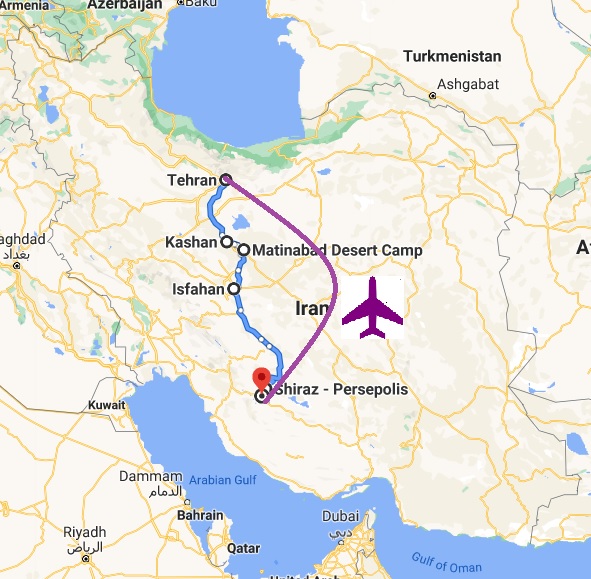
What’s Included:
• All airport transfers
• Hotel accommodation with breakfast
• Domestic flight
• All mentioned sightseeing
• Licensed English speaking driver guide
• Visa support & reference code
What’s Excluded:
• Entrance fee
• International airfare
• Personal insurance
• Visa stamp fee
• Expenses of personal nature
• Tips & Portages
• Lunch & Dinner

